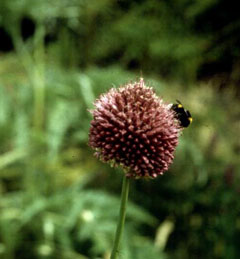
Round-Headed Leek
Latin Name: Allium sphaerocephalon
USDA Hardiness: 4-8
Native Range: TEMPERATE ASIA: Cyprus, Lebanon, Syria, Turkey, Russian Federation-Ciscaucasia (Ciscaucasia) EUROPE: United Kingdom, Czechoslovakia, Austria, Belgium, Switzerland, Germany, Hungary, Russian Federation-European part (European part (south)), Belarus, Russian Federation (Kalmykija, Respublika, Saratov, Volgogradskaja oblast), Ukraine, Former Yugoslavia, Albania, Bulgaria, Greece, Italy (incl. Sardinia, Sicily), Romania, Spain, France (incl. Corsica), Portugal AFRICA: Spain (Canarias), Algeria, Egypt (north), Morocco, Tunisia
Edibility Rating: 3 / 5
Medicinal Rating: 2 / 5
Region:
Family:
Plant Type:
Medicinal Uses
Edible Uses
Edible Parts: Flowers Leaves Root | Edible Uses: Edible bulb - raw or cooked[2, 46, 61, 177]. An onion substitute[22]. The bulbs are up to 35mm in diameter[200]. Leaves - raw or cooked[177]. They can be dried for later use[183]. Flowers - raw. Used as a garnish on salads.
Cultivation
An easily grown plant[203]. it prefers a sunny position in a light well-drained soil[1, 90]. Established plants are fairly drought tolerant[190]. The bulbs should be planted fairly deeply[1]. Grows well with most plants, especially roses, carrots, beet and chamomile, but it inhibits the growth of legumes[18, 20, 54]. This plant is a bad companion for alfalfa, each species negatively affecting the other[201]. Plants often divide freely at the roots[233]. A good bee plant[163]. The flowers are very attractive to bees[203]. The flowers are sometimes replaced with bulbils[90]. Members of this genus are rarely if ever troubled by browsing deer[233].
Known Hazards
Although no individual reports regarding this species have been seen, there have been cases of poisoning caused by the consumption, in very large quantities and by some mammals, of certain members of this genus. Dogs seem to be particularly susceptible[76].
Habitats
Limestone rocks and fields in dry places[17, 90].
